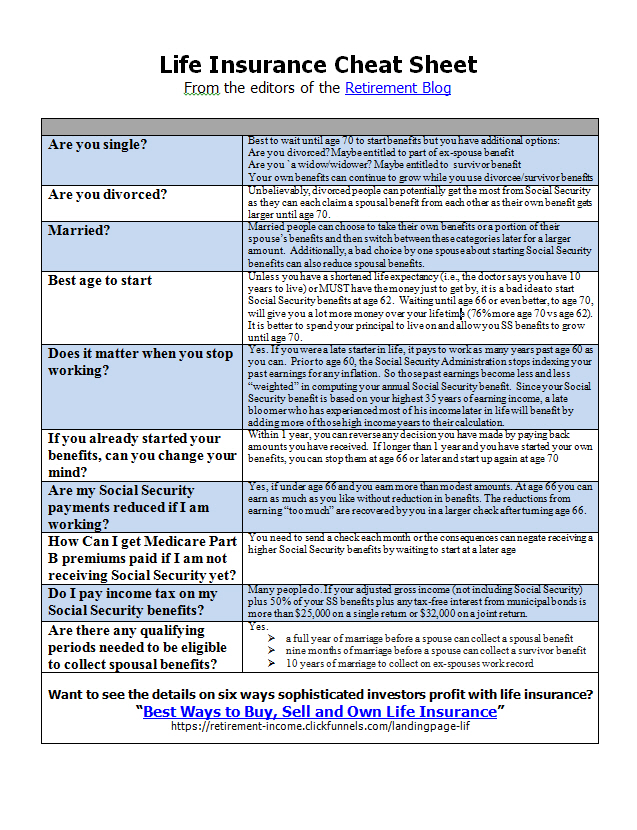Several years ago, life insurance policyowners began to hear about a new kind of product called viaticals. These arrangements had several disadvantages and received much bad publicity in the media. Then a new generation of life insurance settlements came along and, while considered to be better than viaticals, still were eyed dubiously by much of the investing public.
But there is now a new kind of bonded life settlement that may be simpler and more profitable than its predecessors are. First, what is a life settlement? It is a transaction whereby a life insurance policy owner sells his life insurance policy to a third party for cash. What is a bonded life settlement? A bonded life settlement involves three separate parties: the insured, the investor and a bonding and reinsurance company.
This type of transaction begins with an insured over the age of 65 who has a large permanent or convertible term life policy. If the insured no longer wants or needs the policy and would prefer to receive cash instead, then a bonded settlement may be the best possible alternative. An agent or broker will then pair the insured with an investor and a reinsurance company. The investor will make a lump-sum investment, such as $500,000, of which $400,000 may go to the insured, and $50,000 will go to both the agent and the reinsurance company. One of the primary benefits of this arrangement is that the insured will potentially receive more cash this way than would be possible by simply accessing the policy's cash value.
But the investor also may do well in this scenario, because he or she will be guaranteed payment of the policy's death benefit. The reinsurance company will do a medical evaluation of the insured and make an actuarially based estimate of his or her remaining lifespan. Then, once the investor has made the initial investment, the insured signs the policy over to the company, which will initially receive the face value upon the death of the insured. However, the company will guarantee payment of the full death benefit to the investor by the estimated date of death, regardless of whether the insured is still living. Therefore, the investor does not have to wait for the insured to die in order to receive his or her return on capital.
For example, if the reinsurance company estimates that the insured will live for another 7 years, then it will guarantee payment of the full death benefit to the investor at that time, even if the insured lives for another 10 years. The company will, of course, guarantee this payment by purchasing a bond on the policy for protection. Therefore, all parties are effectively guaranteed to receive their portion of the transaction with reduced risk.
Be aware that there are key factors to consider before entering a life settlement transaction: ongoing life insurance needs, less costly alternatives for liquidity, the difficulty (in the case of the policyholder) in determining a fair price for the policy, impact on finances and the cost of transaction expenses. Policyholders must also check that they are dealing with a properly licensed entity.

Leave a Reply